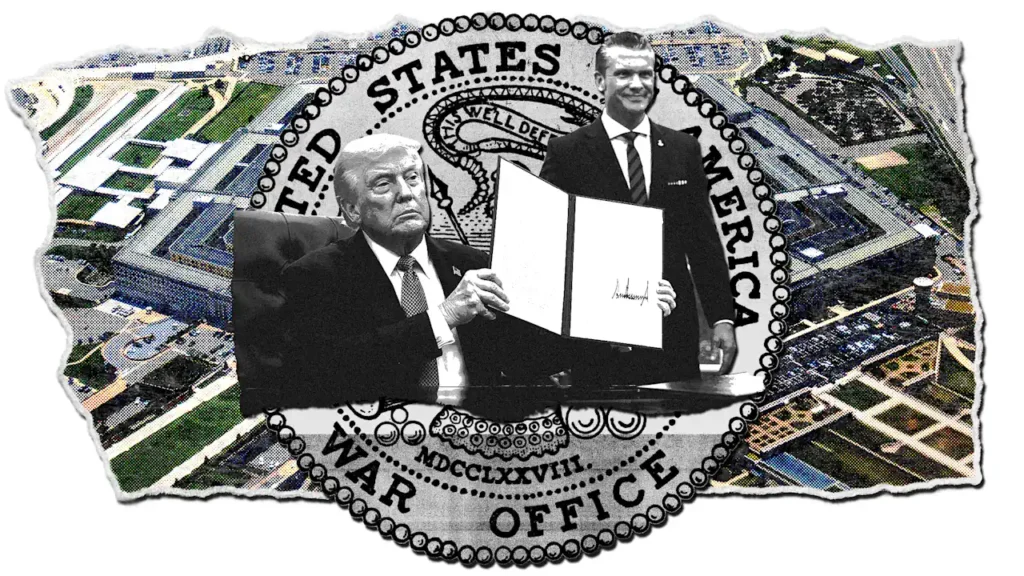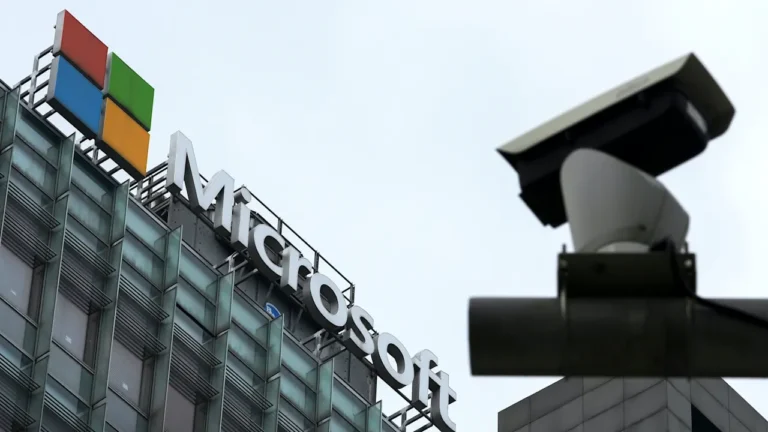
In an era of quiet, subtle brand refreshes, Trump is embracing a full-on rebrand with an executive order that seeks to rename the single largest U.S. government agency.
Trump’s 200th executive order of his second term, signed September 5, gives the Department of Defense the “secondary title” of “Department of War,” an old name for the U.S. military’s government agency before the Army, Navy, Marine Corps, and Air Force were consolidated and renamed the Department of Defense in 1949.
“We’re going Department of War,” Trump said. “I think it’s a much more appropriate name, especially in light of where the world is right now.”
But like getting people to call Twitter “X” or use the phrase “Gulf of America,” Trump could find his attempt at renaming the Defense Department easier said than done. You think changing a logo is hard? Try changing an entire brand name for one of the biggest U.S. employers.
“Changing a name doesn’t change how people feel about you overnight,” brand name expert and Eat My Words founder Alexandra Watkins says.
It’s one thing to change a logo. It’s another to change a name. Trump can’t rename a department on his own without Congress, hence his executive order giving “Department of War” as a secondary name. Still, he’ll face hurdles to implementation that any brand would expect to encounter to undergo a name change.
“Big organizations don’t, or shouldn’t, take the decision to rebrand lightly,” Ben Weis, a strategy director at the naming and writing studio A Hundred Monkeys, tells Fast Company. “The bigger the organization and the more widespread the name, the bigger the lift and the higher the risk for blowback and confusion.”
For the Department of Defense (DOD), with its nearly 3 million military and civilian employees, the risk for blowback and confusion is uncommonly high. Pentagon officials are already fuming over the costs and work that could come with a branding change for an organization that has more than 700,000 facilities across every state and in 40 countries, according to Politico.
Not the first rebrand
The DOD was briefly called the National Military Establishment, but the name had the unfortunately aggressive acronym NME, which sounds like “enemy,” and it was changed less than two years later. Trump’s impetus for changing the name now is less pressing.
The DOD isn’t a company, so it doesn’t have to play by the same rules as a corporate rebrand, but Scott Milano, founder of the brand naming agency Tanj, says it fits into one of the buckets he often sees with renaming efforts.
“Normally, when businesses try to rebrand, there’s either a problem, like some sort of brand-specific problem, or in the case of naming . . . there’s a trademark issue, like you can’t use it moving forward,” he says. “Obviously that’s not the case with the Department of Defense.”
The more relevant way to frame it, he says, is when businesses outgrow their name and want to signal something new to the market, as he sees Trump doing with the change from “Defense” to “War.”
“It’s intentionally intimidating and it’s in your face, and I assume that was on purpose,” he says.
But being obvious isn’t always seen as a virtue when it comes to picking a brand name. In fact, experts say, it can undermine the message the organization is trying to send.
“Honest people don’t tell you that they are honest, cool people don’t talk about how cool they are, and truly strong people don’t puff their chests out—the world knows this,” Igor Naming Agency cofounder Steve Manning says. “It’s a reaction to feeling we are being seen as militarily impotent. Since this rebranding is nothing more than a surface treatment, it will be ineffective for the three years it will be in place.”





